Last week, the unexpected surprise in PCE inflation raised market fears. All three major indexes of US stocks declined, $S&P 500(.SPX)$ down 2.67%, $NASDAQ(.IXIC)$ down 3.33%, and $DJIA(.DJI)$ down 2.99%, who waives all YTD gain.
Yield on the other hand continue to rise, together with Dollar index, which makes gold and other currencies down.
PCE index is regarded as the most important data to the Federal Reserve, and its beat could increased the possibility of further interest rate hikes. According to the FedWatch Tool, probability of raising interest rates by 25 basis points at March FOMC meeting dropped to 72%, and the probability of 50 basis points rose to 28%.
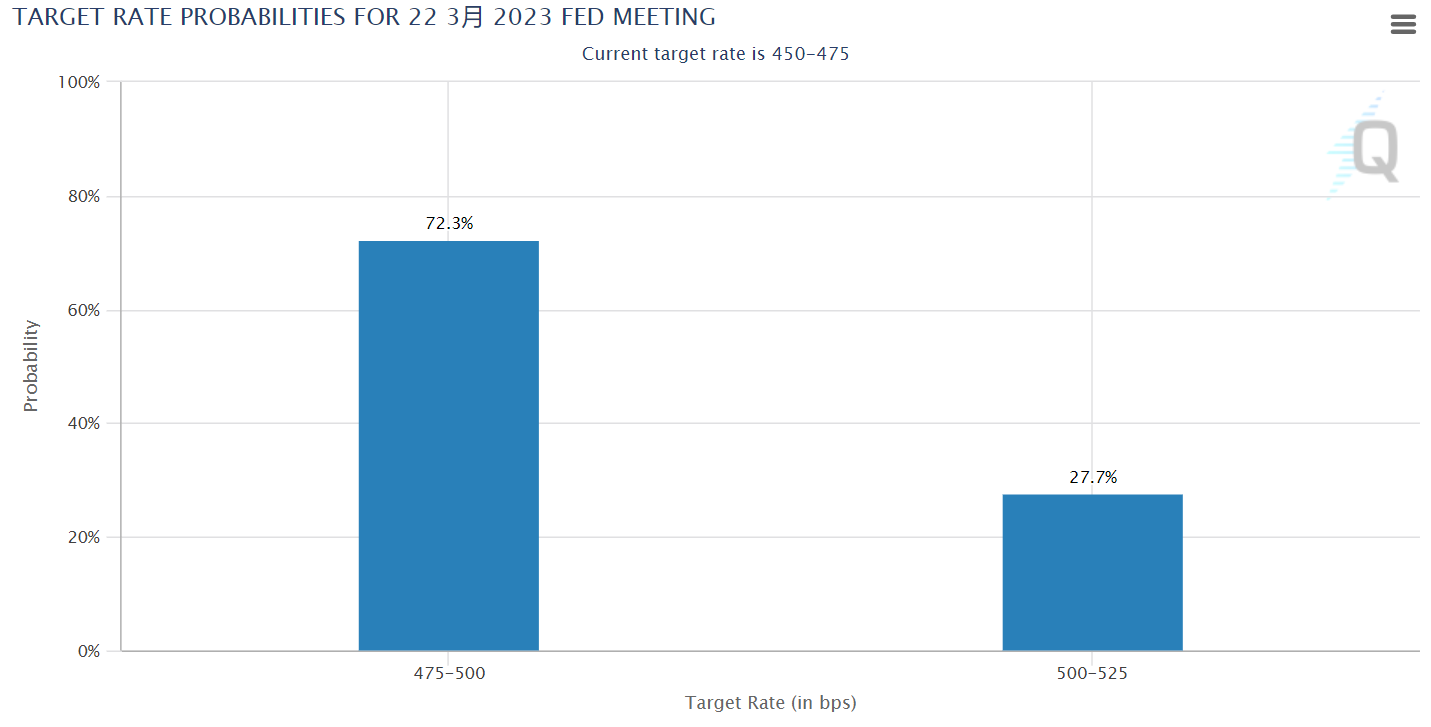
At the same time, the market is further betting on that the Federal Reserve will raise interest rates for a longer time, and the expectation of tightening is heating up again.
Why does inflation growth come back?
This round of inflation in United States is complex, it could be driven by demand, supply and wages, which make it strongly sticky.
For demand. There has not been a major decline in consumer confidence as employment data continued to be strong, so is government financial condition. The rebound of US stocks since the end of last year has also brought wealth effect. Although the personal savings rate of American residents has remained at a low level, it will rebound to a certain extent in the second half of 2022.
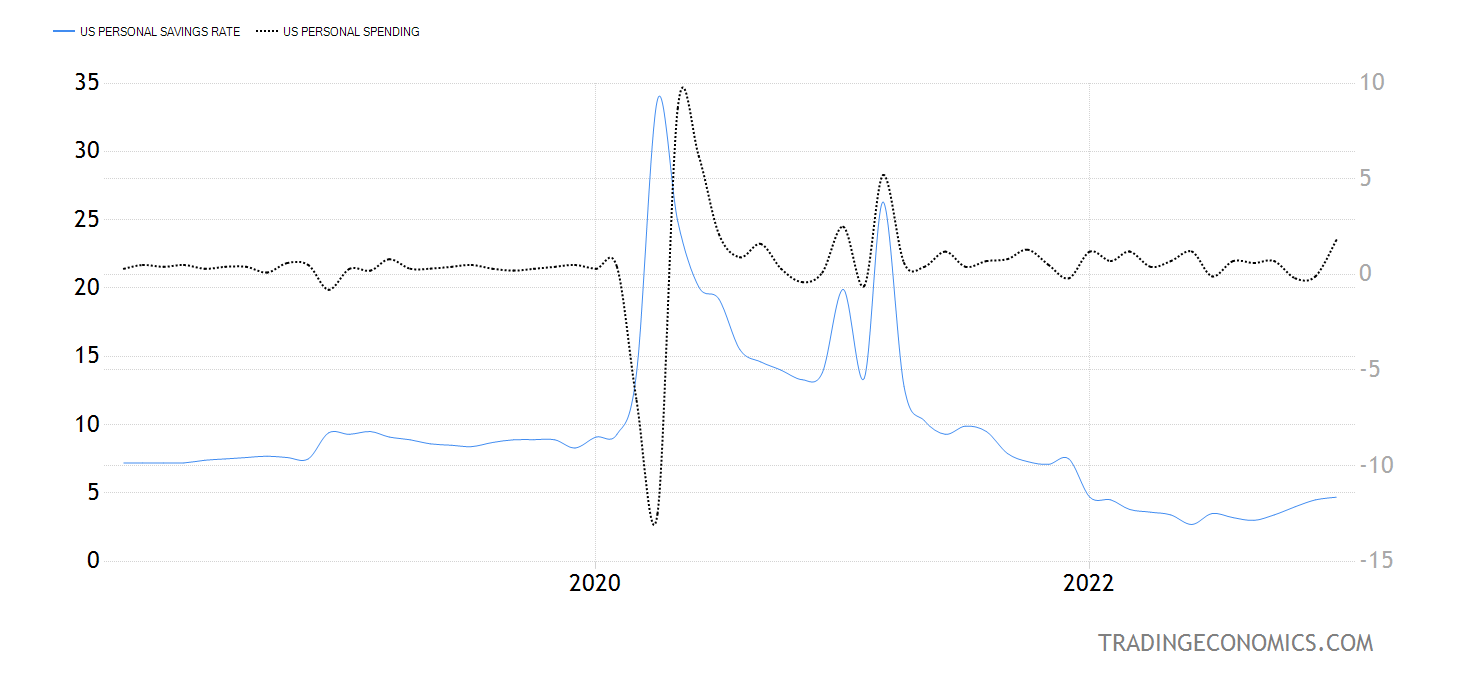
For supply. The problem of insufficient labor supply (or mismatch) has not been completely solved. Although we can see in the employment report in January that the number of employed people in the service industry related to going out has increased significantly, which has made up for the impact of layoffs in some industries. Some low-end service industries have recovered slowly due to the impact of the pandemic, and due to the high inflation environment, the labor force is not willing to work in these industries, which further aggravates the labor shortage and increases the labor cost pressure.
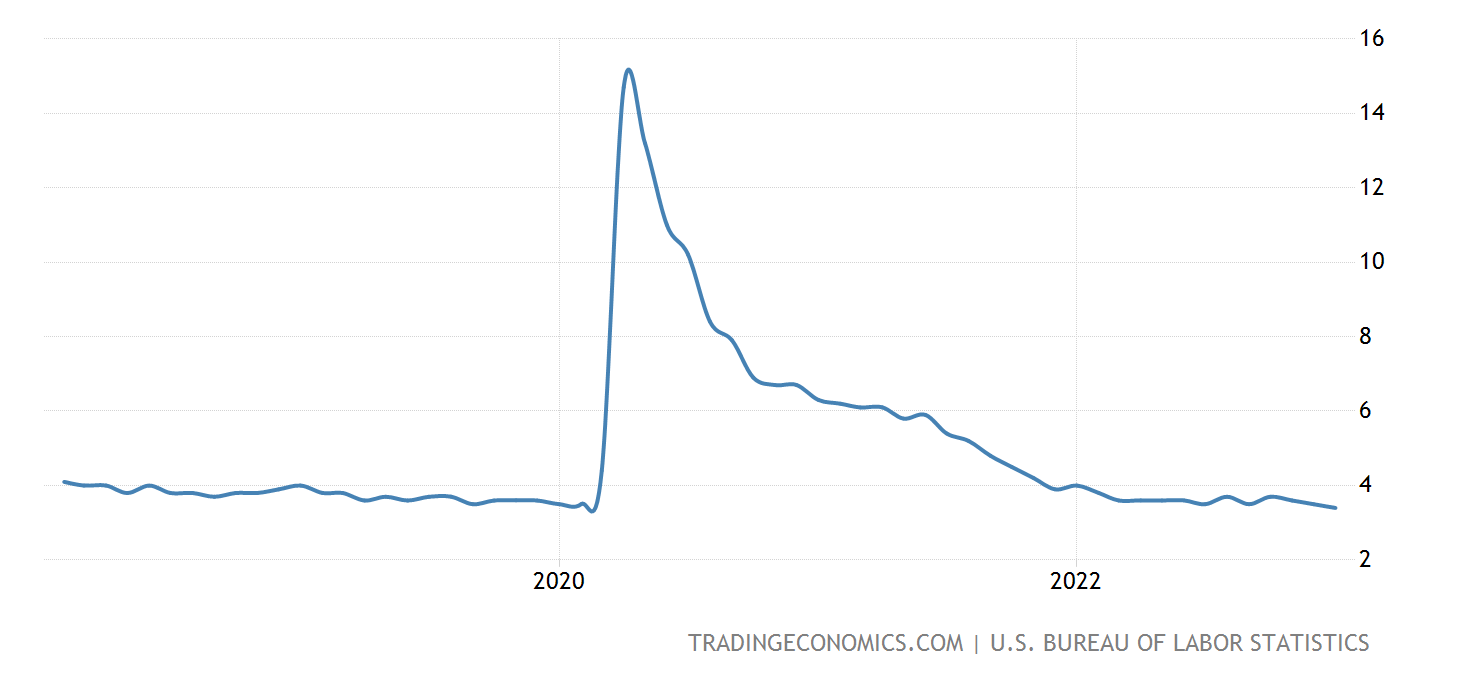
For wages. According to the data in January, the average hourly wage rose by 0.3% month-on-month, which was the same as the growth rate in December. Although it was 4.4% year-on-year, it was lower than the current CPI inflation and core PCE, but still higher than expected. Compared with the same period last year, personal income and expenditure accelerated in January. Revenue increased by 0.6% month-on-month, the biggest increase since June last year, but it was still lower than the expected 1.0%, while expenditure increased by 1.8% month-on-month, exceeding the expected 1.4%, the highest since March 2021. This means that consumers are still consuming their savings to cope with inflation.
Have various assets priced-in enough tightening?
The adequacy of tightening expectations included in various assets is US debt & gt; Dollar & gt; Gold & gt; US stocks. Of course, historically, the correlation between US stocks and interest rates is lower, but with the current valuation, it is still possible to have a further correction in the longer tightening environment and stronger tightening expectations. Including:
- Economic data has improved and tightening expectations continues rising;
- Inflation continues to be high and interest rate hikes are expected to continue;
- Recession is expected to heat up, and corporate earnings (EPS) are revised down.
This also led US stock investors to be more sensitive to the current rising expectations of interest rate hikes after seeing optimism from the decline in inflation growth at the end of last year. The connection point between the current recession and inflation in the US economy lies in the low-end service demand and employment, and the so-called employment breakdown data in the next few months will also become an indicator that the market pays more attention to.
So, is the correction of stock market temporary?
We believe that the Fed's tolerance for inflation may become a key factor. Whether the Fed is willing to accept a higher inflation target, and for how long, will determine investors' risk sentiment.
- If the supply-side shock is greater and leads to temporary inflation, then the Fed may be more inclined to tolerate higher inflation in order not to trigger a deeper economic recession.
- If the data shows that the economy is weakening further and inflation cannot fall back soon, the Fed will have to face the trade-off between inflation and growth, and may not achieve a "soft landing".
Considering the lagging effect of monetary tightening and other trade-offs (such as recession risk, financial risk, etc.), the Fed will also consider the impact of raising interest rates too much. Because of the consideration of unemployment rate (although the change of unemployment rate is non-linear), the Fed's optimal policy will tolerate inflation above the policy target of 2% in the next three years under the condition that the risk of inflation expectation breaking anchor can be controlled.
Three Fed officials will give speeches this week:
- Monday, Federal Reserve Governor Jefferson spoke on inflation and the dual mission of the Federal Reserve
- Wednesday, Chicago Fed Chairman
- Friday, Federal Reserve Governor Waller spoke on the prospects of the US economy.
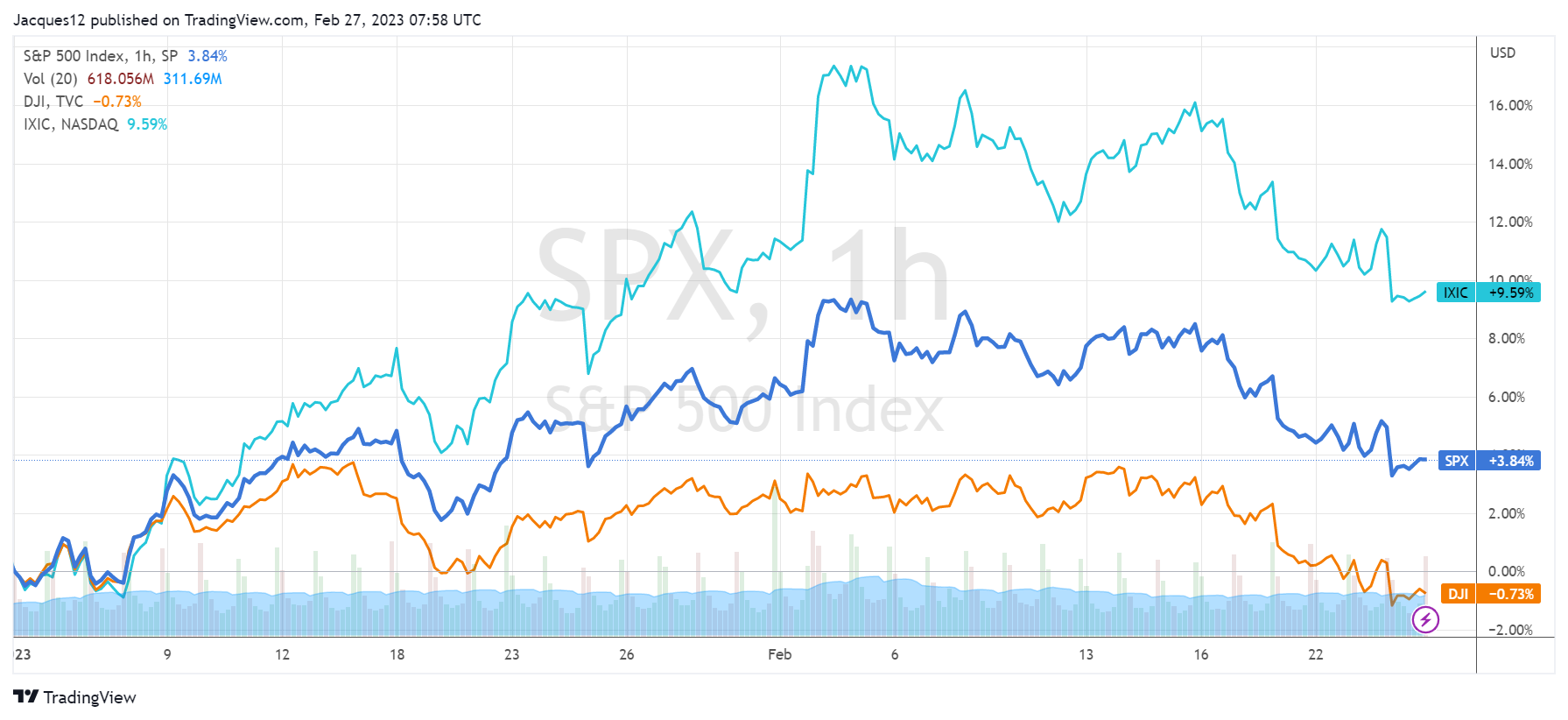
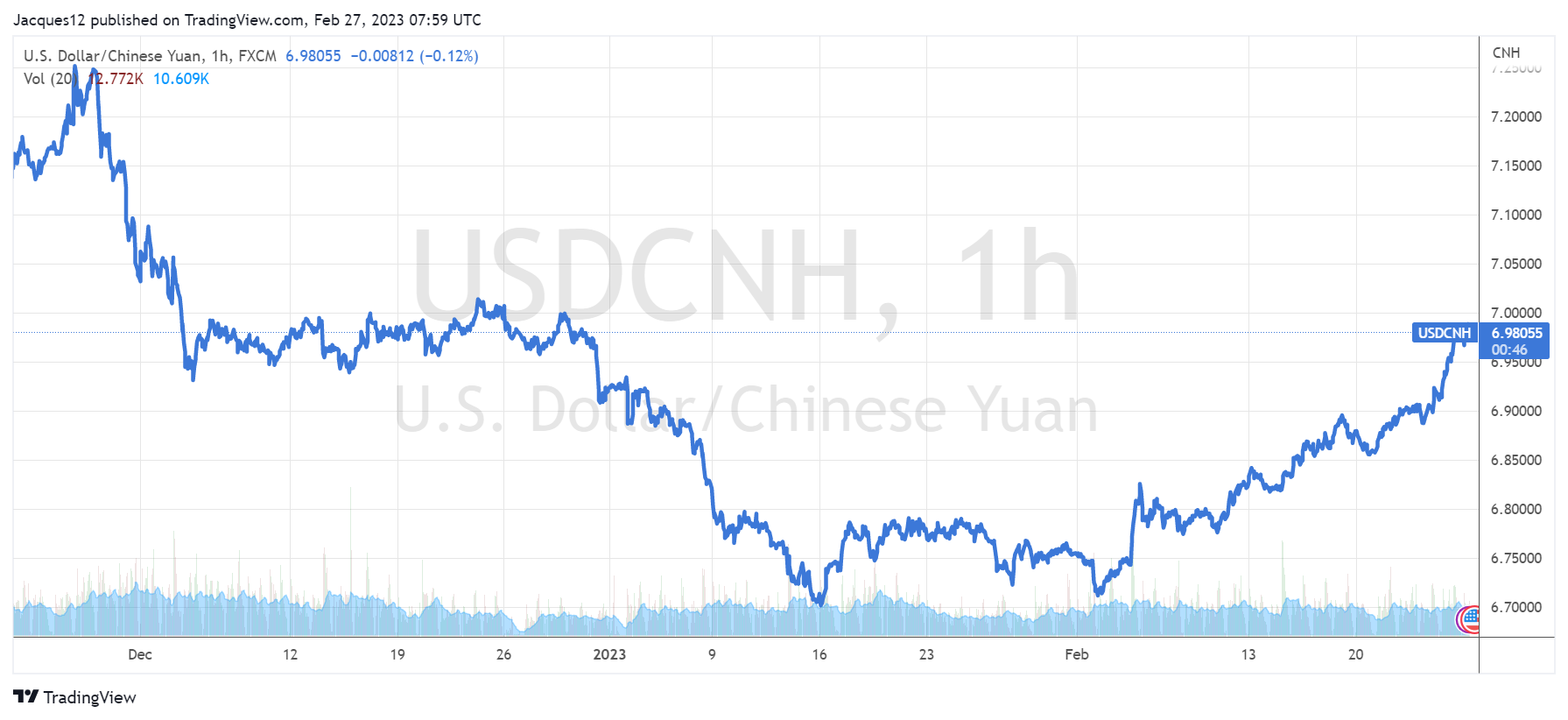
Comments